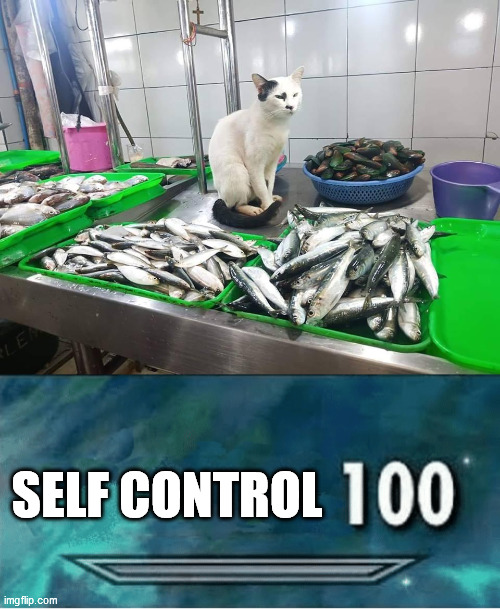
- #Chrome extension selfcontrol android#
- #Chrome extension selfcontrol password#
- #Chrome extension selfcontrol series#
The second most prevalent feature cluster related to self-tracking, some variation of which was present in 38% of tools (139).
#Chrome extension selfcontrol android#
Other notable examples were ‘minimal-writing’ tools (22 tools) which removeįunctionality irrelevant to, or distracting from, the task of writing.įinally, a few Android apps (4 tools) limited the amount of functionality available on devices’ home screen. Web (27 tools) or when opening new tabs (24).

YouTube (17), Twitter (11) and Gmail (7).Īlso popular were general ‘reader’ extensions for removing distracting content when browsing the The sites most frequently targeted were Facebook (26 tools), This approach was dominated by browser extensions (121 of these tools were from the Chrome Web store) typically in the form of removing elements from specific sites (67 tools Į.g. removing newsfeeds from social media sites or hiding an email inbox). Rather than blocking content per se, an alternative approach, taken by 38% of tools (139), was to reduce the user’s exposure to distracting options in the first place. \(\rightarrow\uparrow\downarrow\rightarrow\leftarrow\rightarrow\).) correctly to enter the blocked site.
#Chrome extension selfcontrol series#
User wishes to override the blocking, she must type in correctly a series of 46 arrow keys (e.g.
#Chrome extension selfcontrol password#
The most frequent feature cluster related to blocking or removing distractions, some variation of which was present in 74% of tools.Ĥ4% (163) enabled the user to put obstacles in the way of distracting functionality by either blocking access entirely (132 tools), or by setting limits on how much time could be spent (23 tools) or how many times distracting functionality could be launched (3 tools) before being blocked, or by adding a time lag before distracting functionality would load (5 tools).ġ4% of tools (50) also added friction if the user attempted to remove the blocking, including disallowing a blocking session from being stopped (25 tools), requiring the user to first complete an irrelevant effortful task or type in a password (23 tools), tinkering with administrator permissions to prevent the tool from being uninstalled (9 tools), or adding a time lag before the user could override blocking or change settings (9 tools).įor example, the Focusly Chrome extension (Trevorscandalios 2018) blocks sites on a blacklist if the This left 367 tools in the final dataset.įigure 3.2: Functionality of digital self-control tools (N = 367)Ī summary of the prevalence of features is shown in Figure 3.2. 6ĭuring the coding process, we excluded a further 13 tools - 3 duplicates, e.g. where ‘pro’ and ‘lite’ versions had no difference in described functionality, 7 that had become inaccessible after the initial search, and 3 that lacked sufficiently well-described functionality to be coded. In addition to the granular feature coding, we noted which main feature cluster(s) represented a tool’s ‘core’ design, according to the guideline that 25% or more of the tool’s functionality related to that cluster (a single tool could belong to multiple clusters). Using this coding sheet, two authors independently reviewed 60 additional apps and browser extensions each and a third author these 120 tools, as well as all remaining.Īfter comparing and discussing the results, a final codebook was developed, on the basis of which the first author revisited and recoded the features in all tools. Initially, three of the authors independently reviewed and classified features in 10 apps and 10 browser extensions (for a total of 30 unique apps and 30 unique browser extensions) before comparing and discussing the feature categories identified and create the first iteration of the coding sheet. ‘reward/punishment’ (drawing on our previous work in this area (Lyngs 2018 a)). 2013 Orji and Moffatt 2018), with the prior expectation that the relevantįeatures would be usefully classified as subcategories of the mainįeature clusters ‘block/removal’, ‘self-tracking’, ‘goal advancement’ and Iteratively developed a coding sheet of feature categories (cf.

Stawarz, Cox, and Blandford 2014, 2015 Stawarz et al.



 0 kommentar(er)
0 kommentar(er)
